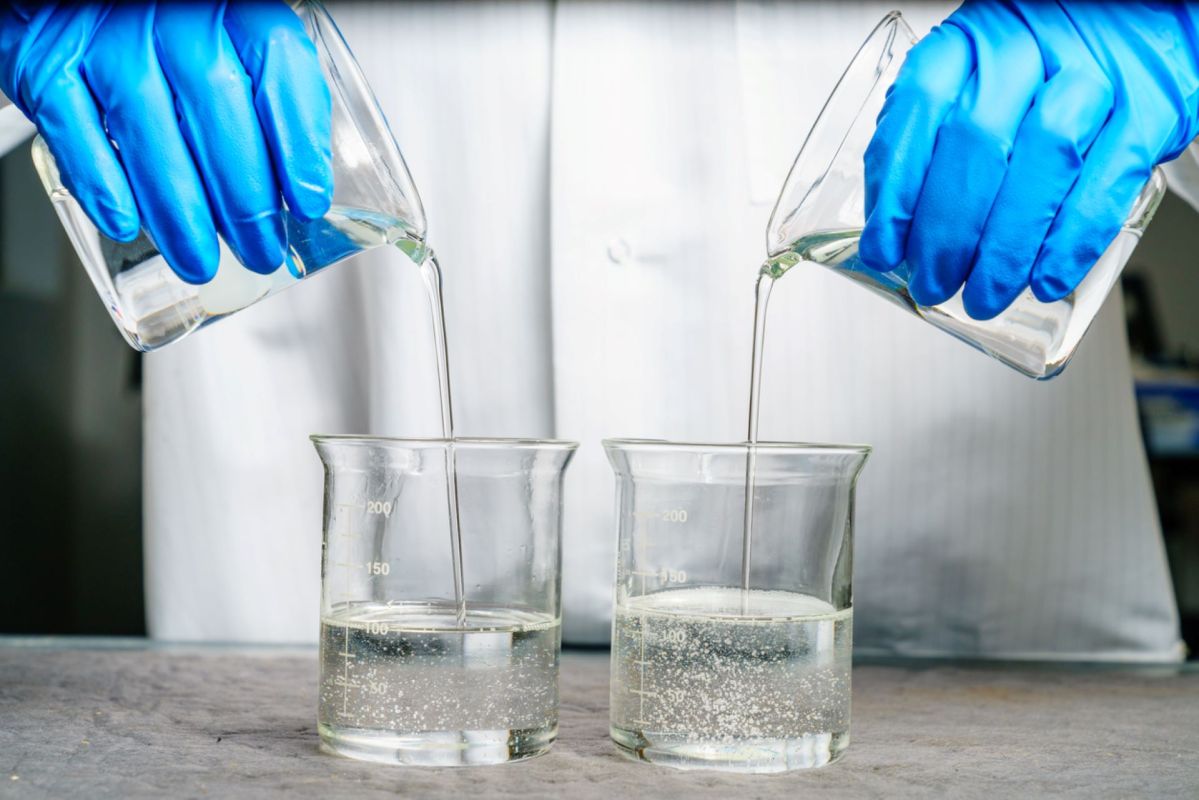Two scientists at the Swiss Laboratory of Nanoscience for Energy Technologies in the School of Engineering may have hit upon a way to simultaneously produce clean water and clean electricity, all with zero pollution.
Giulia Tagliabue, the head of the laboratory, and Tarique Anwar, a PhD student, focused their research on hydrovoltaic effects, which can harness the power of evaporation to provide a continuous flow of energy in order to harvest electricity using specialized nanodevices.
In less technical terms: It's a way to create clean energy using the power of evaporation. And scientists are taking interest in it due to its planet-friendliness.
"In comparison with electricity generation by fossil fuels, hydrovoltaic effects, such as evaporating potential, emit neither carbon dioxide nor other harmful contaminants, such as [nitrogen oxide] and [particulate matter]," wrote the authors of one study, which was published in the scientific journal Joule. "Moreover, it can convert low-quality latent heat in ambient environment into high-quality electric energy, providing an avenue by which to slow down global warming without scarifying our demand on energy."
What Tagliabue and Anwar have added to this discussion, most importantly, is their discovery that hydrovoltaic devices can be used with almost any type of water — not just purified water, as previously thought.
"[We] made a major finding: that hydrovoltaic devices can operate over a wide range of salinities, contradicting prior understanding that highly purified water was required for best performance," Tagliabue said.
The implications of this finding are that hydrovoltaic devices could theoretically operate anywhere there is water or moisture, and for a wide variety of purposes. ScienceDaily speculated that they could be used for everything from sensors to wearable fitness devices.
Even better, they could be used to both purify water and create electricity at the same time.
"Natural evaporation is used to drive desalination processes, as fresh water can be harvested from saltwater by condensing the vapor produced by an evaporative surface. Now, you could imagine using an HV system both to produce clean water and harness electricity at the same time," Anwar said.
That could be especially good news for the 1.1 billion people around the world who do not have access to clean drinking water, and the 775 million people who do not have access to electricity.
Join our free newsletter for weekly updates on the coolest innovations improving our lives and saving our planet.









